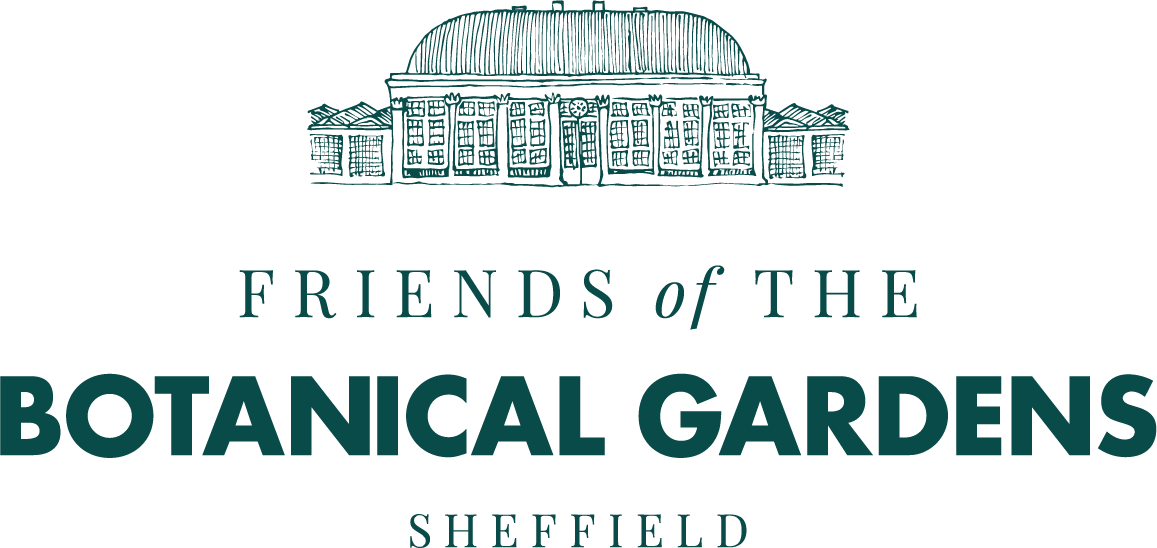Parrotia persica
Those who designed the Four Seasons Garden along the path leading from Brocco Bank to the back of the Pavilions no doubt chose the site for the Autumn Bed because of the pre-existing magnificent specimen of Parrotia persica. The beautiful reds and golds of the foliage at this time of year make a lovely background for the colourful display of the perennial planting and several brilliant maples. This tree is multi-stemmed with a number of sturdy trunks above which its natural habit is of overlapping branches, lovely in winter.
In early spring the branches are smothered in clusters of deep red flowers. Usually, a further attraction of mature P. persica is bark which flakes to reveal coloured patches, but neither this specimen nor the others in the Gardens display this.
The dense wood is very hard, hence the common name, Persian ironwood. Endemic to an area around the west and south of the Caspian Sea from Azerbaijan to Iran, it was named in honour of Friedrich Parrot who led an expedition which made the first recorded ascent of Mount Ararat (after Noah!) in 1829. Dr Parrot was an eminent doctor and inventor who led a fascinating life and was a close friend of Tsar Alexander 1.
P. persica was introduced from St Petersburg to Kew in 1841. It has held the RHS Award of Garden Merit since 1993.


